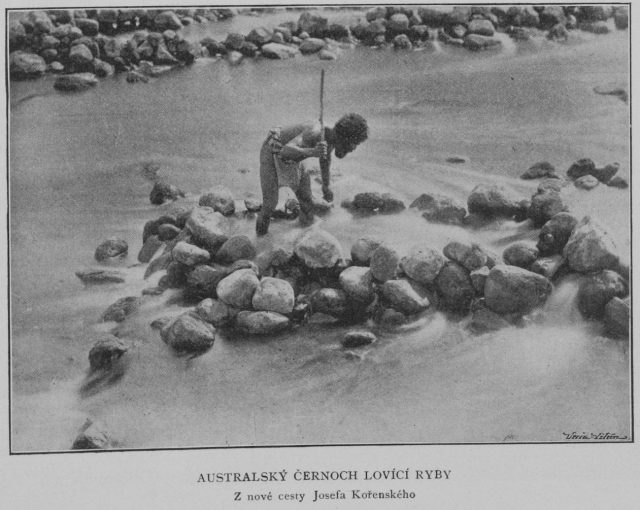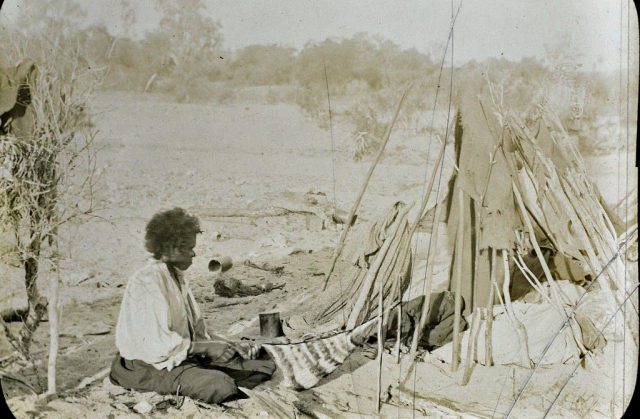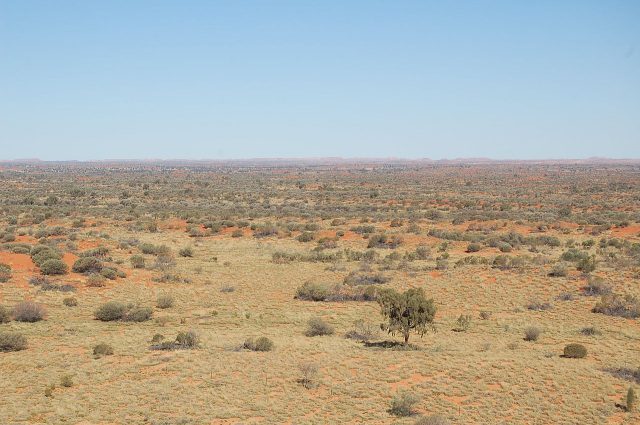Walkabout – The aboriginal Australian hike that serves as a rite of passage
Among all the different types of journey that people undertake there are also those of a spiritual nature. Some of the trips we do in our lives are purely for pleasure, some are meant to make us stronger, sometimes we travel to explore and learn, and in all of these undertakings we grow and become wiser.
There is a lot we can learn from the land that surrounds us and the best way to acquire that knowledge is by traveling and experiencing. This ancient aboriginal initiation ritual involves exactly this: a long spiritual hike across the indigenous land. Although widely known as “Walkabout,” in later years the ritual has been referred to as “temporary mobility,” because the former is often used as a derogatory term in Australian culture.

Historically speaking, the walkabout is a rite of passage in which young (adolescent) Aboriginal Australians undertake a journey that will help “transform” them into adults. The journey is usually made between the ages of 10 and 16. During this journey which can last for up to six months, the individual is required to live and survive all alone in the wilderness.
This is not an easy thing to do, especially not for teenagers. That is why only those who have proven themselves mentally and physically ready are allowed to proceed with the walkabout. Only the elders of the group decide whether it is time or not for the child to do it.
The children are not completely unprepared for the journey. During the years before the walkabout, the elders instruct them and give them advice about the ceremony and adult life in general; they have been passed the “secrets” of the tribe, the knowledge about their world.

Those who are initiated in the walkabout are also decorated with body paint and ornaments. Sometimes they are marked with a permanent symbol on their bodies. In some cases, a tooth is removed from the mouth, or the nose or ears of the initiated are pierced. Traditional walkabout clothes include only a simple loin cloth and nothing more.
During a walkabout, a young person can sometimes travel a distance of over a 1,000 miles. In order to survive this long hike, the participant in the walkabout must be able to make their own shelter and must be capable of procuring food and water for themselves.
That means he needs to hunt, catch fish, and also recognize and utilize edible and healing plants. The initiated youngster must learn to identify plants such as bush tomatoes, Illawarra plums, quandongs, lilly-pillies, Muntari berries, wattle seeds, Kakadu plums, and bunya nuts.

Besides the obvious goal of the walkabout – to walk and survive, the initiate also has to devote his time to thinking and discovering himself.
The teenager needs to understand the concept of bravery and to get in touch with his spiritual guides. While moving across the land, the initiate sings so-called “songlines” – ancestral songs that serve as “spoken maps” that help him find his way. In the lack of modern instruments such as a compass or radio, it is believed that the young person is guided by some spiritual power.
In its essence, this important aboriginal ritual is the ultimate survival test that a young person should pass in order to enter adulthood. The person doing the walkabout should prove to the elders that he is capable of surviving the harsh environment of his native land.
The walkabout is also an excellent time for self-evaluation and reflection. One can say that the walkabout is both a journey across the land and a journey of the mind.
If you have any comments then please drop us a message on our Outdoor Revival Facebook page
If you have a good story to tell or blog let us know about it on our FB page, we’re also happy for article or review submissions, we’d love to hear from you.
We live in a beautiful world, get out there and enjoy it.
Outdoor Revival – Reconnecting us all with the Outdoor





